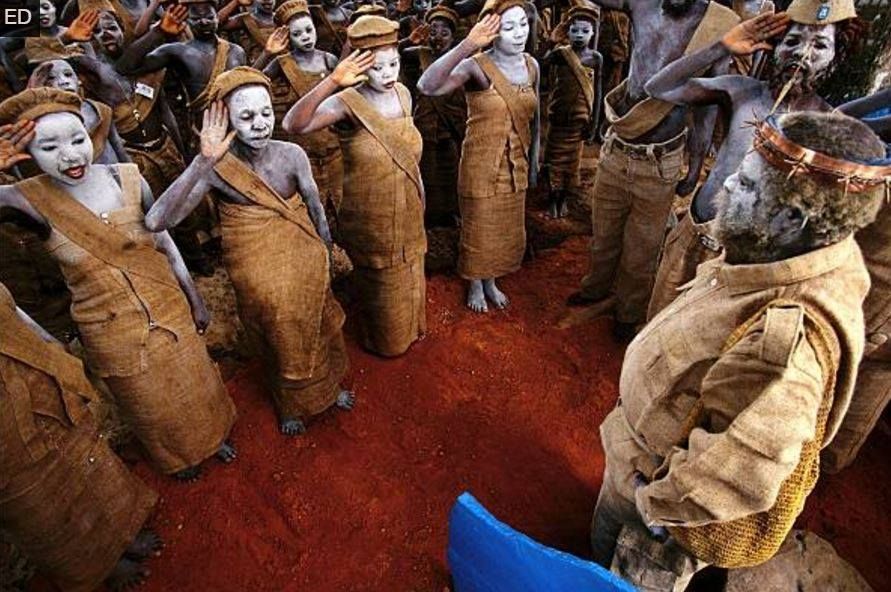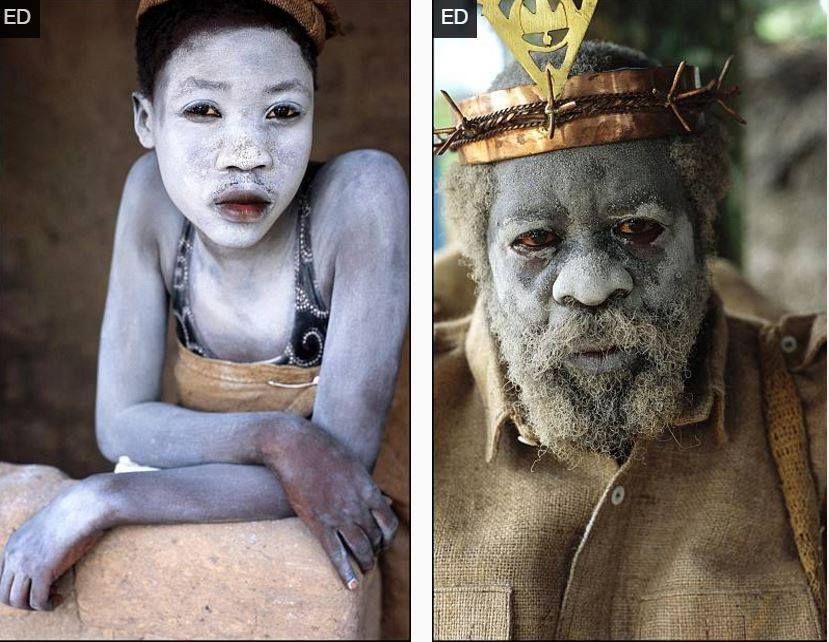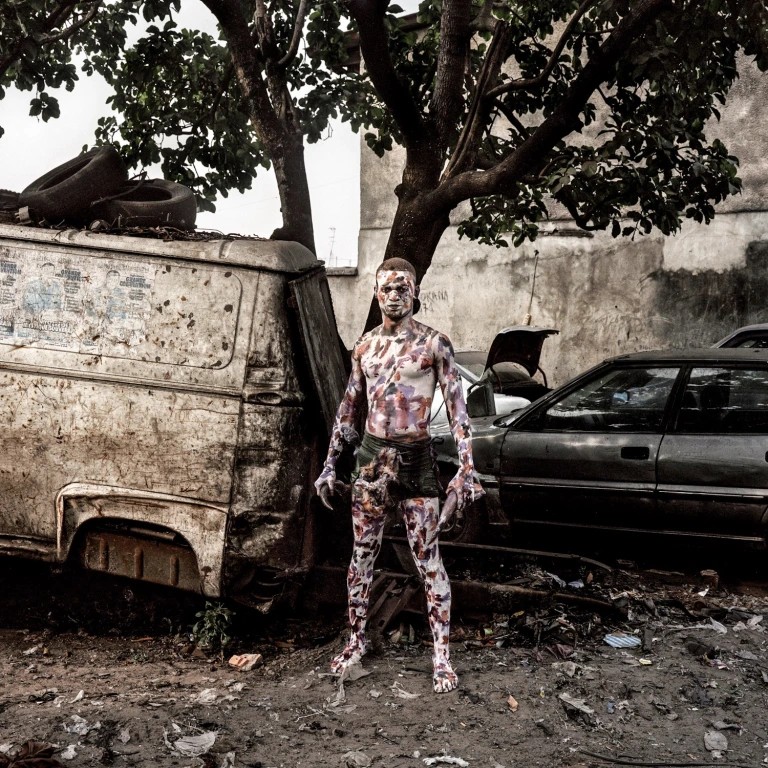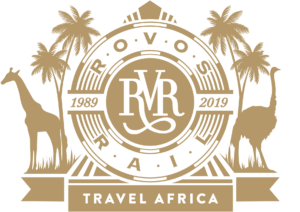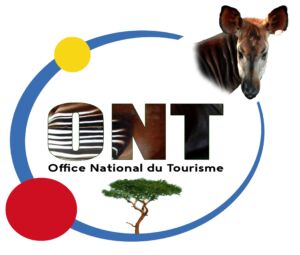The Democratic Republic of Congo is a country of legends. A fascinating mysterious country that at first glance seems impenetrable. Deep forest, mighty rivers, strange animals such as the okapi and bonobo, which can only be found in the forests of Congo. There is little infrastructure in the country and traveling by water is often the only way, so many cities are often located next to the Congo River with Kinshasa being the most known of them all.
Kinshasa is a huge vibrant city located next to the rapids of the Congo River and facing Brazzaville. They are the closest capitals in all of the world. The moment you get off the plane at the international airport you are hit with the instant humid heat and the smell of diesel. Your ride from the airport to the hotel will be memorable, as it looks like you just entered an ant nest which seems to have no logic nor end. You’ll see the most absurd and astonishing scenes happening when you’re making your way through this enormous city. There is always something happening and no matter what time of the day, there are always people outside. The city is full of colorful characters and the Kinois have a certain flair which makes them unique and often very charming and photogenic.
Know that photographing in Congo is not easy and you’ll need a permit, these permits are expensive and it takes a few weeks to get them. In Kinshasa we will take a policeman and two fixers with us for our safety as people often don’t like to be photographed. We have years of experience of photographing and shooting documentaries ourselves all over the country. We know how to approach people and where to find the best places to photograph. We will inform all the local police stations of where we’re going in order to have everything run smoothly.
For this tour we will start in Kinshasa and have three full days of photographing on the streets of Kinshasa. We will meet the ‘enfants serpents’ (snake children) who work as street acrobats and will also meet with several sapeurs with whom we will do a few shoots on the streets. We will visit a mess at the church, which will be an excellent opportunity to photograph people in ecstasy when they’re expressing their faith. We will also go to some smaller markets and several neighborhoods in the city. If there is any voodoo wrestling match going on, we will also attend, but if there isn’t any match scheduled, it means we’d have to organize one ourselves, but know that this will cost easily over 3.000 usd. We can also set up a meeting with local models in African textile.
After Kinshasa we’ll drive to Nkamba, the New Jerusalem and home to the Kimbanguistes, who believe in the Prophet Simon Kimbangu. On our way we’ll stop at the old train station of Mbanza-Ngungu which is an ideal place to take pictures with very good light falling into the old building. Tonight we’ll sleep in Nkamba and for the next two days we’ll stay at Nkamba where we will get to know the locals and photograph them. We will then need a full day to go to the village of Tata Gonda, where we will camp and stay two full days. Afterwards, we’ll head back to Kinshasa, where you will have one extra day to explore the city and photograph. If you’d like to add the Voodoo wrestlers, kindly let us know.
Itinerary: some flexibility is needed
Day 1: Arrival in Kinshasa
You’ll be picked up by our team and brought to your hotel.
Day 2, 3, 4: Kinshasa photography
Photographing on the streets in Kinshasa. Visiting several neighborhoods and meeting the street acrobats and sapeurs.
Day 5: Overland to Nkamba
Overland to Nkamba by 4x4, with a stop in Mbanza-Ngungu to see the old train station.
Day 6 and 7: Nkamba
Two full days at Nkamba to photograph and explore the town.
Day 8: Transfer to Tata Gonda’s village
Full day driving towards the village.
Day 9 and 10: Tata Gonda
Two full days for photographing and exploring.
Day 11: Back to Kinshasa
Full day drive to Kinshasa.
Day 12: Kinshasa
Extra day for photographing at Kinshasa.
Day 13: Departure
We’ll bring you to the airport, end of tour.
Includes:
- Professional local team with professional photographer-fixer
- Photography permits
- Police security in Kinshasa
- Transport: normal car in Kinshasa, 4x4 outside of Kinshasa
- Meeting with the sapeurs and street acrobats
- Meeting with the people at Nkamba and Tata Gonda
- Accommodation (camping near Tata Gonda)
Doesn’t include:
- Meals and drinks
- Trips and gratuities
- PCR-tests
- Visa
- Flights
Another interesting addition to this trip is a few days in Kisangani to photograph the Wagenia Fishermen where we can camp for a few days and photograph them during their activities and rituals.
The Kimbanguists
The Kimbanguist Church is an independent Christian Church of the prophetic type, founded on April 6, 1921 by Simon Kimbangu, in the Belgian Congo and is mostly present in the Democratic Republic of Congo, but also Congo-Brazzaville and the north of Angola. The official name of the church is "Church of Jesus Christ on Earth by his special envoy Simon Kimbangu". Simon Kimangu claims to have had an apparition of Jesus Christ on april 6th, which would have enabled him to perform a miraculous healing on Nkiantondo. The Kimbanguist Church was officially recognized by the colonial state on December 24, 1959. Nkamba attracts many pilgrims from all over the country.
Many miracles are attributed to Simon Kimbangu: healing of the sick and even resurrection of the dead. Faced with the scale of the events, the authorities of the Belgian Congo feel threatened by Kimbangu's movement. After a failed arrest Simon Kimbangu took refuge in Mbanza Nkamba where he declared: "The whites will become black and the blacks will become white" about decolonization. On September 11, 1921, he decided to surrender to the colonial authorities and was arrested with a few disciples. He was sentenced to capital punishment before the King of the Belgians commuted this sentence to life imprisonment. He spent 30 years in the high security prison of Lubumbashi, while the Kimbanguistes were meanwhile repressed by the Belgian colonial authorities. Many of them were sent to camps.
Since 1921 Nkamba has been considered by Kimbanguists as the new Jerusalem, according to the revelation of Simon Kimbangu. There is a large temple with 37,000 seats located in Mbanza Nkamba, which is the holy place of Kimbanguism. The Kimbanguists adopted May 25th as their Christmasy day. All over Bas-Congo, Bandundu, Kinshasa and other places, you will see fanfares and big celebrations on the streets and in the churches with people all dressed in green and white, the official colors of the Kimbanguists.
The Kimbanguist Church uses the Bible and preaches love of your neighbor, obedience to the divine laws and doing good deeds. The Church advocates allegiance to the authority of the state. Kimbanguists renounce alcohol, dancing, drugs, tobacco, pork, monkey meat, polygamy, adultery, fornication and have certain dresscode. Music however is an important part of the Kimbanguist culture and they have a renowned symphony orchestra.
Tata Gonda
In the bush of Bas-Congo, south of Kinshasa, live the followers of Tata Gonda, who claim to have had a dream or revelation in which God called them to join their guru. Today there are over 2.000 followers who join Tata Gonda in his daily prayers, which are every three hours. Their community mostly works in the fields, sleeps under the open sky and is prohibited to wash themselves. They cover themselves with ashes every morning. Luxurious clothes are forbidden. Tata Gonda has a trumpet on his belt to call to prayer, a tape measure to measure their faith and a dagger as a symbol of his authority.
"Any other comments/suggestions:"
"Included the VIP room (Lake Kivu) in the Program"
- Jean-Denis, Canada, Virunga Gorilla Park and Handicrafts Market, Dagambwa Island and Coffee Plantation in Minova






